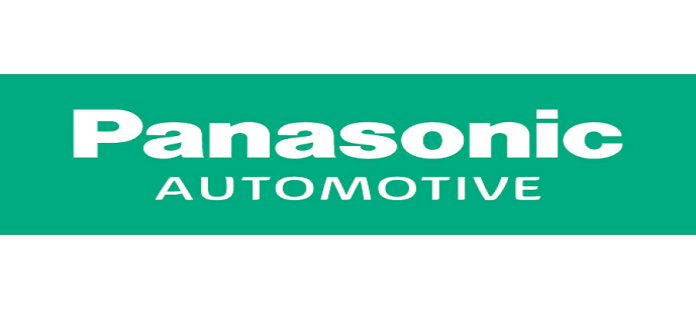Panasonic Automotive Systems Company of America, a leading Tier 1 automotive supplier, has introduced a groundbreaking testing and validation solution, Virtual SkipGen (vSkipGen), now available on the AWS Marketplace. This strategic move aims to revolutionize the automotive development lifecycle by empowering engineers and developers to commence work earlier in the process, eliminating the dependency on physical hardware.
As part of the ongoing collaboration between Panasonic and Amazon, focused on advancing the e-cockpit, vSkipGen serves as a virtual counterpart to the physical third-generation digital cockpit solution, SkipGen. This innovative approach enables automotive manufacturers to uncouple software development from the hardware development lifecycle, ultimately reducing time-to-market and enhancing software quality.
According to Masashige Mizuyama, Global CTO at Panasonic Automotive Systems, vSkipGen leverages VirtIO-based device virtualization technology, supporting various guest operating systems. Notably, it provides optimized support for Android Automotive for infotainment and Automotive Grade Linux for cluster vehicle domains. The platform facilitates automotive peripherals and sensor simulation crucial for the development of modern cockpit systems.
This cloud-native virtual platform harnesses the computing power of AWS servers, offering hardware acceleration for multimedia, graphic, audio, and display rendering. The result is exceptional performance, delivering premium experiences to users.
Andrew Poliak, Chief Technology Officer at Panasonic Automotive Systems Company of America, highlighted the significance of vSkipGen on AWS for those working with cutting-edge software-defined vehicle features. The partnership with AWS enables the operation of cockpit domains as virtual machines in the cloud, fostering seamless parallel work, third-party and app development, and predictive integration and testing earlier in the development process.
In alignment with Panasonic’s commitment to environmental sustainability, this automotive solution reflects the company’s Green Impact mission. By eliminating the necessity for a development or prototype hardware platform, the solution contributes to resource and component savings, aligning with Panasonic’s broader goals of reducing environmental impact.








